Last week I changed my hotel reservation in London from Days Inn Hyde Park to Holiday Inn Commercial Road. Besides earning 9,000+ IHG Rewards Club points for a $94 one night stay, this also provided an opportunity to make my first trip into London’s East End, an area officially known as the London Borough of Tower Hamlets, but also including some areas of neighboring London boroughs. The area is called Tower Hamlets from its historical location east of The Tower of London and outside the Roman walled City of London, north of the River Thames.
East End has been a place where immigrants to London have settled for centuries. Jewish immigrants and French Huguenots (Protestants), including many skilled weavers, arrived from mainland Europe in the late 1600s. Waves of Jewish immigrants from Russia arrived in the 1880s.
The East End was also the part of London most heavily bombed by Germans during the London Blitz of World War II to destroy the docks and warehouses along the River Thames. The bombing took a heavy toll on the population, killing thousands of residents and destroyed tens of thousands of residences.
Post-WWII immigration resulted in a high proportion of immigrants from Bangladesh who represent the largest single ethnicity in the Borough of Tower Hamlets (about 32% compared to about 31% British whites). Tower Hamlets is one of the most ethnically diverse areas of the United Kingdom and also has the largest Muslim constituency in the UK with about 35% Muslim compared to about 27% Christian in a population of 272,000.
Of course, all this is my Wikipedia background information I gathered while walking around Tower Hamlets and trying to make sense of what I saw on the streets. I asked the Holiday Inn receptionist what I should see in the area and she suggested I go to Brick Lane and Shoreditch. I made it to Brick Lane, but Shoreditch will have to be another trip. Instead of continuing north from Brick Lane to Shoreditch, I headed south to the River Thames and gained a totally different perspective of Tower Hamlets in the upscale residential areas around the canals.
Christ Church Spitalfields (1729), Tower Hamlets
The East London Mosque, Whitechapel Road (1985)
Whitechapel was the most familiar name to me in Tower Hamlets due to my wife being a Jack the Ripper history buff. I do not recall ever hearing the name Tower Hamlets until I read street signs in the area. I took the Underground from London Heathrow to Whitechapel Station and during the 10 minute walk to Holiday Inn Commercial Road I saw about 90% Muslim women and men walking on the residential streets. Many of the women were fully clothed head to toe with only their eyes showing.
Whitechapel Road sidewalk market stalls with clothing, food and fish. Clothing and cloth looked like deep discount prices.
Whitechapel Road produce stall.
My wife wanted me to buy her something from Harrod’s during my day in London. Harrod’s was a 30 minute ride west on the Underground. She will be receiving a couple of beautiful 5 pound Bangladeshi scarves I bought for her instead.
Whitechapel Beginnings of The Salvation Army
There were a couple of statues on Whitechapel Road I decided to investigate. I have learned a lot of British history by photographing statues of people and then researching why they are memorialized. Statues of Catherine and William Booth are located on Whitechapel Road.
Methodist evangelist William Booth (1829-1912) and his wife Catherine Booth (1829-1890) founded the Salvation Army in July 1865 to assist the poor of London. He is said to have given one of his first evangelist speeches outside The Blind Beggar pub (1839) on Whitechapel Road.
The Blind Beggar pub is better known for the 1966 murder committed there when infamous East End gangster Ronnie Kray shot rival gang member George Cornell in the head in plain view of several witnesses. The Kray Brothers were sentenced to life imprisonment in 1968.
The only part of my Tower Hamlets walk that felt even slightly scary was when I passed by Booth House on Whitechapel Road, the largest Salvation Army homeless shelter center in the UK. There were several downtrodden junkie-looking whites drinking in a doorway and having a verbal row over money. I quickly moved past.
Ten Bells Pub
There was a crowd outside Ten Bells Pub, a place familiar to me by name from all the times my wife has watched Johnny Depp in From Hell, a Jack the Ripper film story. There were crowds outside all the pubs and I realized that it was due to no smoking allowed inside the pubs.
Old Spitalfields Market
There has been a market at Spitalfields since 1638. Friday was a late market night with hours to 9pm in the large covered market space. Old Spitalfields Market is one of the largest market spaces in London with stalls, restaurants and live music when I walked through on a Friday evening.
In contrast to the Whitechapel Road sidewalk stalls, this space was predominantly white vendors and shoppers.
Truman’s Black Eagle Brewery, once the largest brewery in the world
Outside Old Spitalfields Market I saw signs for Truman’s Black Eagle Brewery, founded 1666.
The Truman’s brewery complex on Brick Lane went out of business in 1989, although there is now a small revival Truman’s brewery in another area of London started in 2010. The brewery complex on Brick Lane is now an offices and arts center venue.
Brick Lane is also known as Banglatown for its 50 or so Bangladeshi restaurants.
At least ten of the restaurants on Brick Lane had signs claiming “Best†from some kind of award distinction. There was one restaurant with a prominent TripAdvisor 2016 Best of Brick Lane sign that was totally packed with customers. Another place I passed by offered an all day all-you-can-eat buffet with 50 dishes for 6.95 GBP.
Brick Lane Graffiti
The vibrant wall murals on the streets caught my attention and took me on a circuitous route off Brick Lane and around the neighborhood, eventually arriving back at Brick Lane. Apparently many world class graffiti artists have left their mark around these parts.
The royal monuments and historical government buildings and museums of Westminster is the area of London where I have spent most of my time in the city since this is where many of the major chain hotels are located. In contrast, there is residential urban character in Tower Hamlets that reminded me a bit of Camden, next to Regents Park, where we spent some time last year on a trip to London.
As is often the case, the Holiday Inn Commercial Road affordable hotel rate of $94 brought me to this part of London, just as a good deal took me to Holiday Inn Express Camden Lock last year. In contrast to the urban images of Tower Hamlets in this post, visitors who have never been in this part of London will be quite surprised to see how different Tower Hamlets looks from the photos taken on my walk from the Holiday Inn Commercial Road south towards the River Thames. I cover that London walk in this post.



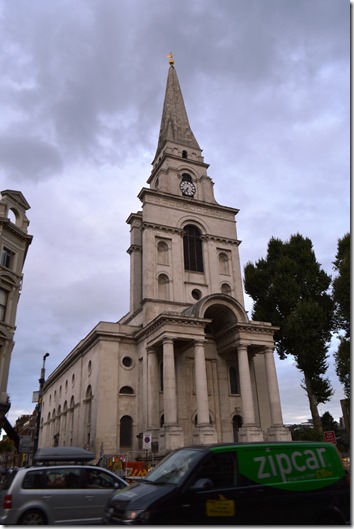

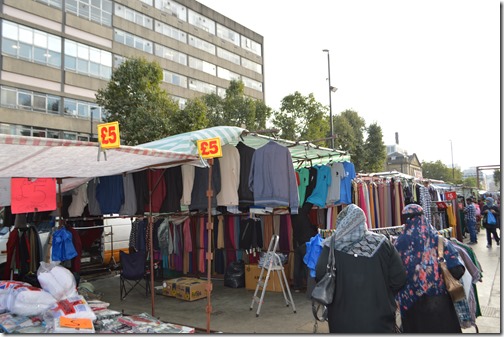
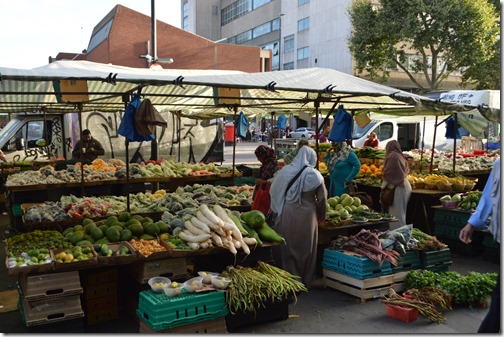

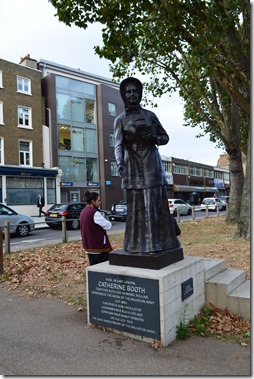


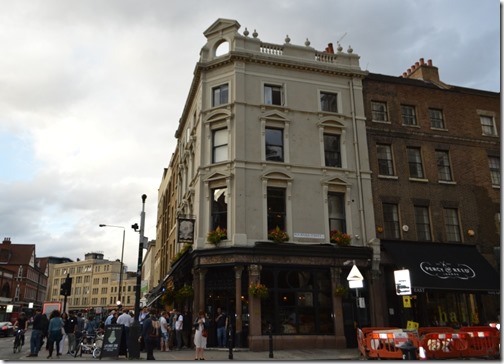

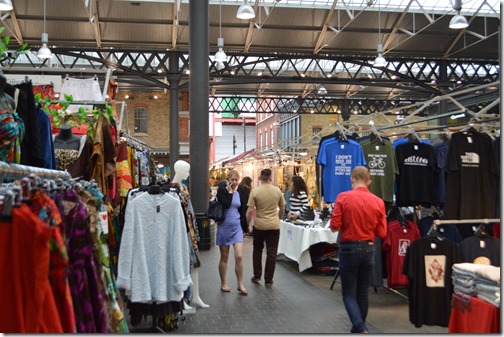
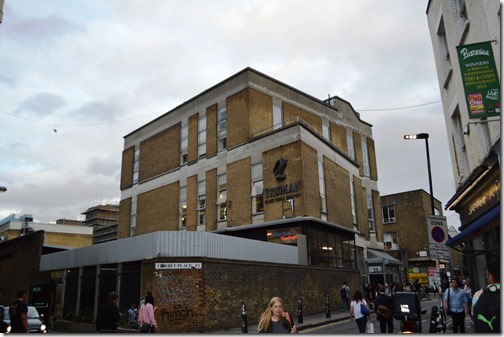

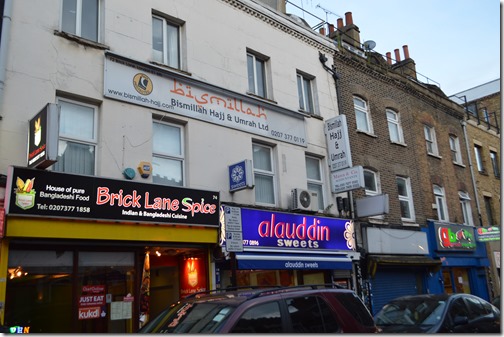
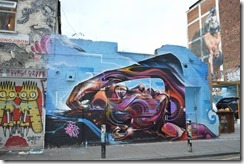
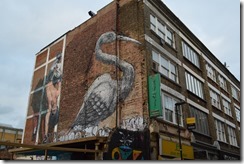
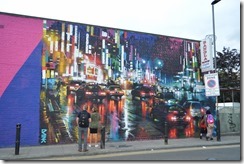
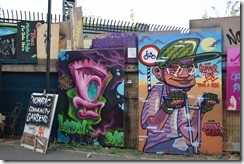
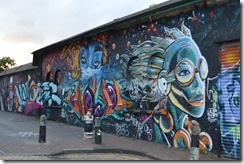
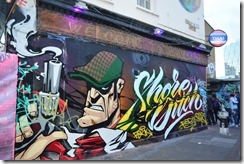

1 Comment
Comments are closed.